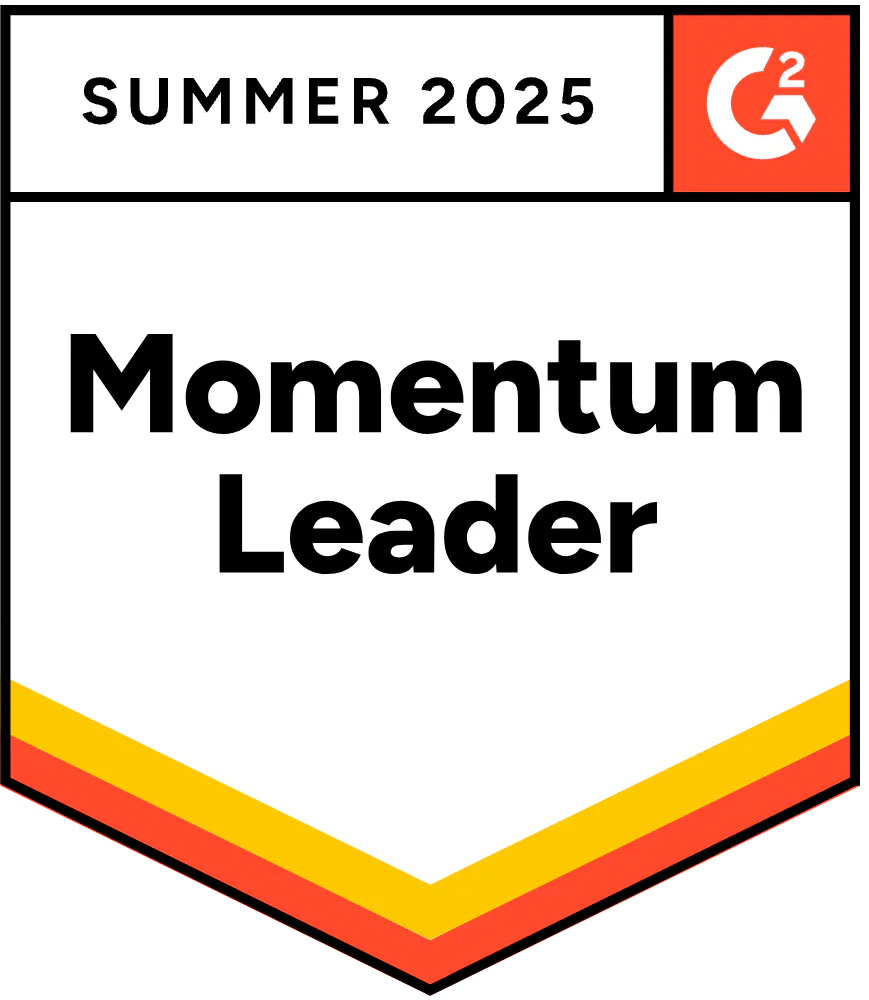SAE stands for the Society of Automotive Engineers. However, the organization’s focus has expanded from its early roots to include various transport industries including aerospace and commercial vehicles.
SAE JA1011 was initially developed by the commercial aviation industry to improve the safety and reliability of their equipment. Because of this, it’s known as a Reliability-Centered Maintenance (RCM) process.
Reliability Web describes RCM activities as offering a way of “significantly increasing asset performance by delivering value to owners, customers, and stakeholders.”
7 questions for following RCM standards
According to SAE, seven questions need to be answered satisfactorily and in the following sequence to determine if an organization is following RCM standards:
- What are the functions and associated desired standards of performance of the asset in its present operating context (functions)?
- In what ways can it fail to fulfill its functions (functional failures)?
- What causes each functional failure (failure modes)?
- What happens when each failure occurs (failure effects)?
- In what way does each failure matter (failure consequences)?
- What should be done to predict or prevent each failure (proactive tasks and task intervals)?
- What should be done if a suitable proactive task cannot be found (default actions)?
How to approach SAE JA1011
A discussion of SAE JA1011 should first focus on what the standard it is not.
For starters, it is not a tool to modify the culture of an organization. Also, RCM activities are functions of a maintenance and reliability team. And because SAE JA1011 focuses on RCM, it does not require participation from the entire organization like programs such as TPM or ISO 55000 do.
A discussion of SAE JA1011 should follow with a definition of RCM. This way, everyone is on the same page when talking about SAE JA1011 and the RCM processes it prescribes.
Penn State’s Applied Research Laboratory best describes RCM as “a systematic process and methodology for determining the most effective and efficient maintenance management plan for a specific platform, system or component.”
It is the focus of RCM’s goals that prevent it from being a cultural change agent. It does not have a mechanism that promises continued improvement and adherence like TPM or ISO 55000. RCM is to be ongoing in its application but does not have a function that encourages this practice automatically.
There are great uses for SAE JA1011. It is a tool that can be a part of ISO 55000 or TPM. It uses FMEA and other components of standard maintenance applications. The maintenance and reliability leader’s best practices are engaged with SAE JA1011.
Trigger activities
The trigger for RCM can come from multiple sources. Examples of the primary reason for an RCM activity could stem from a catastrophic failure, ongoing performance concerns, or the need to establish a baseline for further improvement activities.
The steps taken by most RCM organizations include:
- Analysis of equipment through activities like FMEA
- Determination of equipment’s current status using data such as
- Downtime reports
- Maintenance activities and costs
- Precision inspection
- Implementation of tools to meet the purpose of the action
- Analysis of data to ensure that the action is working
Champions for RCM processes
RCM is like other improvement processes. It requires a charter and a champion. The charter establishes the purpose of the activity and the champion is expected to own the process. Champions need to have the skills to grasp technical issues and opportunities. The most difficult quality to find in a champion is their ability to exercise leadership and work with the various departments and organizations that impact the team’s success.
Some organizations offer training and even certification for RCM leaders. Training prepares leaders and even team members for the technical and interpersonal skills required for success.
Potential vendors (in alphabetical order) of RCM Facilitator training include:
The composition of RCM teams
Some RCM program proponents have detailed Charts of Organization. Team member roles are spelled out similarly to what is seen in other programs.
Critical components of the primary membership of an RCM team include:
- A champion
- Support personnel (engineers, accountants, supply chain staff)
- Operators and line technicians
Maintenance and reliability staff already fill many of these roles and the addition of operations personnel boosts the team’s status within the organization. It creates the work as a solution to the organization’s needs and opportunities.
Resources for RCM success
There are two publications worthy of a reliability leader’s examination:
- Reliability Centered Maintenance Project Manager’s Guide by Reliabilityweb. This is a detailed guide that explains capabilities and tools that are needed to successfully implement an RCM project. It also helps teams determine whether to take on an RCM project and measure progress toward positive results.
- An Overview of the Process is a presentation on RCM by Penn State University’s Applied Research Laboratory. It provides information about RCM’s role in condition-based maintenance and when to apply RCM.
Conclusion
SAE JA1011 offers maintenance and reliability organizations a stable path to obtaining reliability. Adherence to SAE JA1011 was not designed to change an organization’s culture but it can be a start. Expanding the efforts to a broader program like TPM or ISO 55000 can include the work completed under SAE JA1011 and shift the culture of an organization.

![[Review Badge] Gartner Peer Insights (Dark)](https://www.datocms-assets.com/38028/1673900494-gartner-logo-dark.png?auto=compress&fm=webp&w=336)
